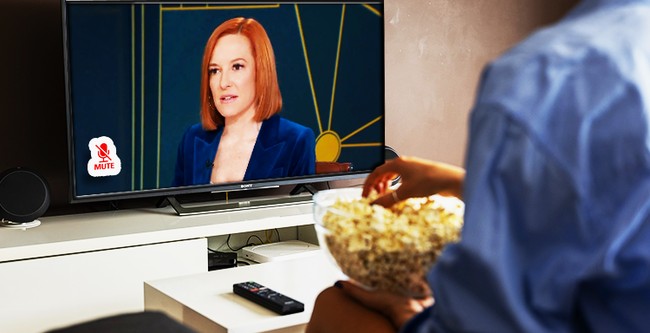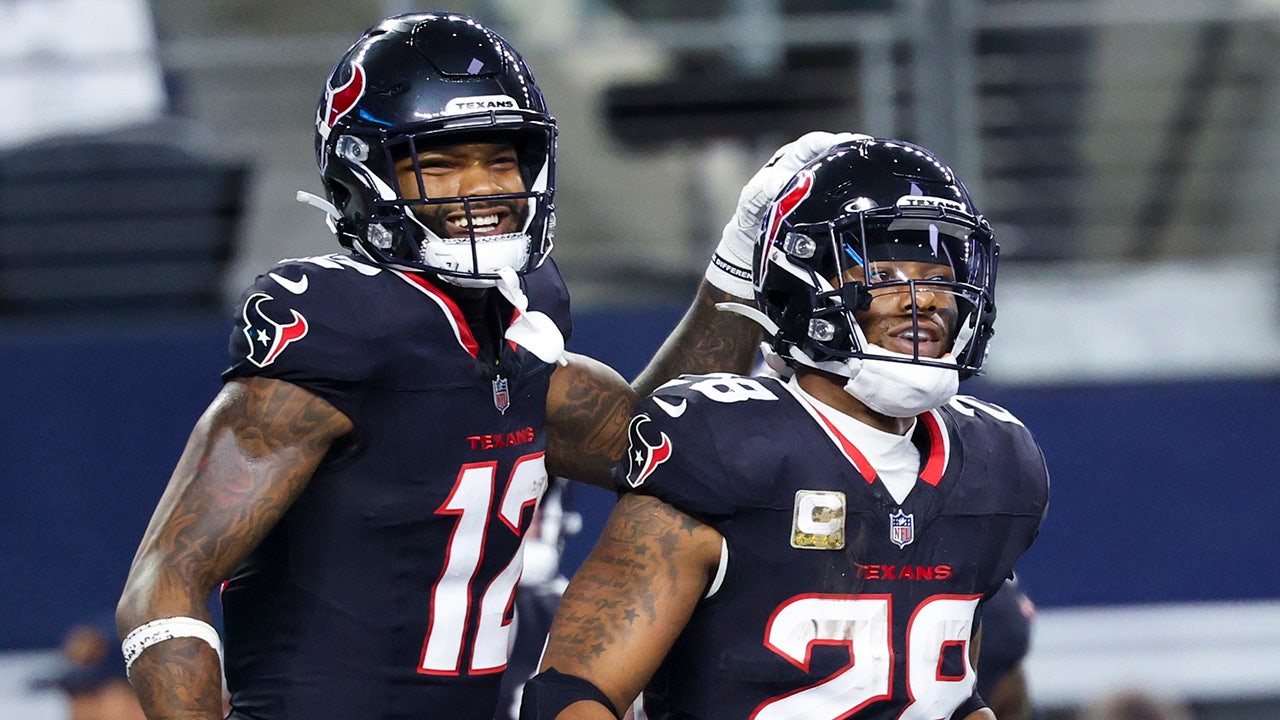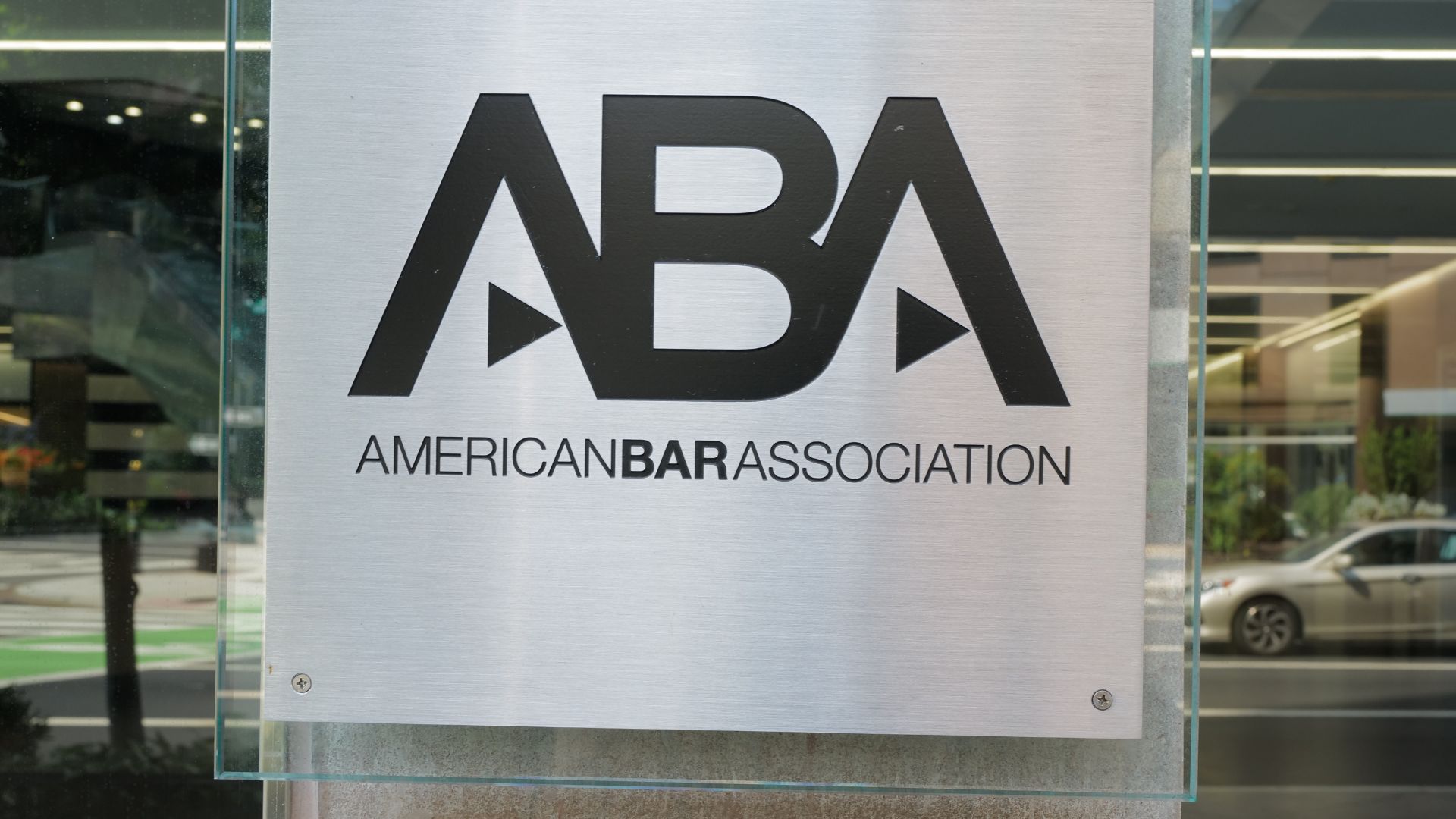New revelations about Kamala Harris’s presidential campaign have brought her spending habits under scrutiny.
According to Federal Election Commission (FEC) filings, Harris’s campaign spent significantly more than previously reported, including a $2.5 million payment to Oprah Winfrey for hosting a single town hall event—more than double the initially reported figure.
Winfrey and her production company, Harpo Productions, had previously denied being paid $1 million for the event, despite records indicating otherwise.
Trump Surges To Victory – Get the Ultimate Trumpinator Bobblehead To Celebrate 2024!
When confronted by a reporter, Winfrey responded, “Not true,” and added, “I was paid nothing, ever.”
Oprah DENIES Kamala paid her $1M
“Not true… I was paid nothing — ever.” pic.twitter.com/btiyTw2SQe
— Benny Johnson (@bennyjohnson) November 12, 2024
However, new details provided by The New York Times revealed that Harpo Productions was, in fact, paid approximately $2.5 million.
Winfrey defended the payment, explaining that it covered production costs, including set design, lighting, cameras, crew, producers, and other associated expenses.
Everyone who accused Oprah of getting paid $1,000,000 to support Kamala must immediately retract, issue a correction, and apologize.
The total cost was actually $2,500,000. pic.twitter.com/fIKX02o6gs
— Libs of TikTok (@libsoftiktok) November 17, 2024
Despite Winfrey’s involvement, along with other high-profile endorsements, the spending appears to have done little to sway voters. President-elect Donald Trump defeated Harris in a historic election.
The Winfrey payment is just one example of the Harris campaign’s extravagant spending.
In the final week before the election, the campaign reportedly spent $900,000 on advertising space at the Las Vegas Sphere, a state-of-the-art venue known for its high-tech displays.
Additionally, FEC filings revealed that the campaign spent $2.6 million on private jet travel in October while touring key battleground states.
Other expenses included $15,000 on food delivery services and $9,000 at premium ice cream establishments.
Despite having access to at least a $1 billion campaign budget, the Harris campaign’s spending led to a $20 million debt by the end of the election cycle.
The financial strain highlights a stark contrast between the Harris campaign and that of President-elect Trump, who relied on more cost-effective methods to reach voters.
In comparison to Harris’s spending, the Trump campaign leveraged free media exposure, including podcast appearances, to connect with voters.
HOLY SMOKES. Trump is now offering to use his leftover funds to pay off the debts of the Harris campaign and DNC. pic.twitter.com/n9XYleXmSP
— johnny maga (@_johnnymaga) November 9, 2024
This approach proved successful, with Trump securing a decisive victory in both the Electoral College and popular vote.
The Harris campaign’s spending habits have sparked debate over fiscal responsibility in political campaigns.
Critics argue that the excessive expenditures reflect poor financial management, especially given the campaign’s ultimate failure to connect with a majority of voters.
As Harris’s team grapples with campaign debt, questions remain about how such spending choices were made and whether they contributed to the campaign’s inability to resonate with the electorate.
The opinions expressed by contributors and/or content partners are their own and do not necessarily reflect the views of LifeZette. Contact us for guidelines on submitting your own commentary.
Read the full article here


![Oprah’s Payments From Kamala’s Campaign Even More Than Originally Reported [WATCH] Oprah’s Payments From Kamala’s Campaign Even More Than Originally Reported [WATCH]](https://www.lifezette.com/wp-content/uploads/2024/11/2024.11.12-02.11-lifezette-6733620e009b7.jpg)







![Left-Wing Feminist Who Can’t Define What a Woman Is Gets Wrecked Live On-Air [WATCH] Left-Wing Feminist Who Can’t Define What a Woman Is Gets Wrecked Live On-Air [WATCH]](https://www.rvmnews.com/wp-content/uploads/2024/12/2024.12.30-08.43-rvmnews-6773060639f73.jpg)